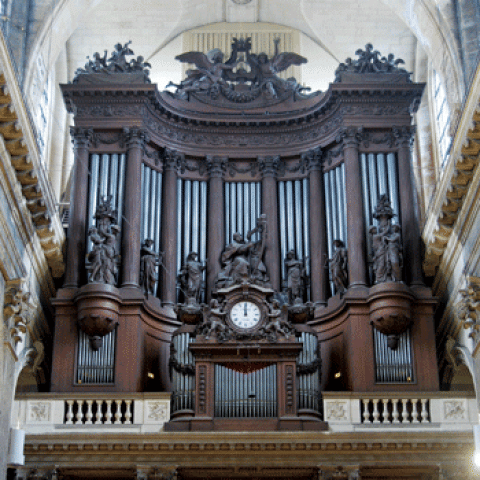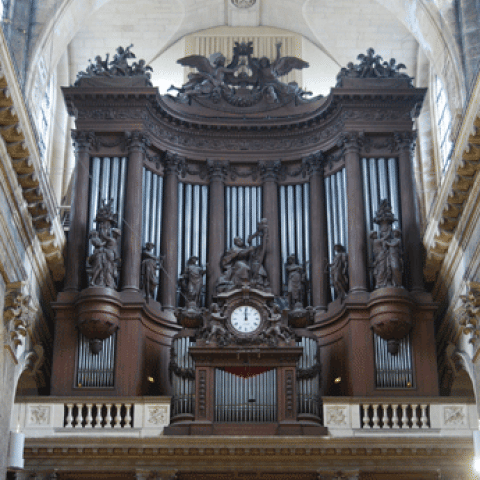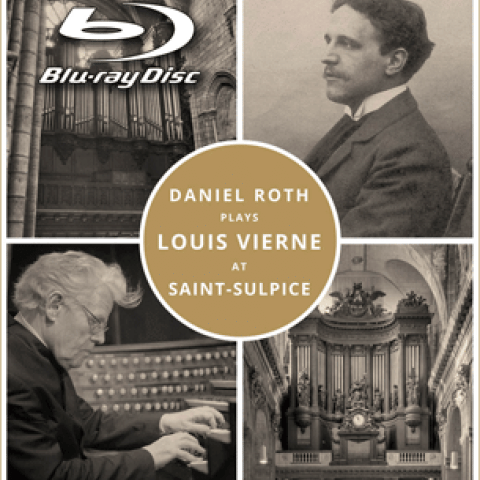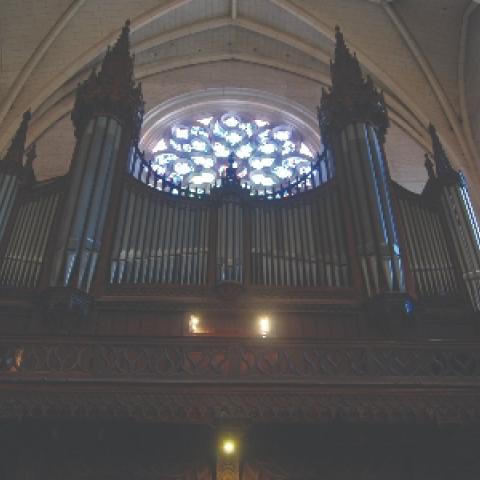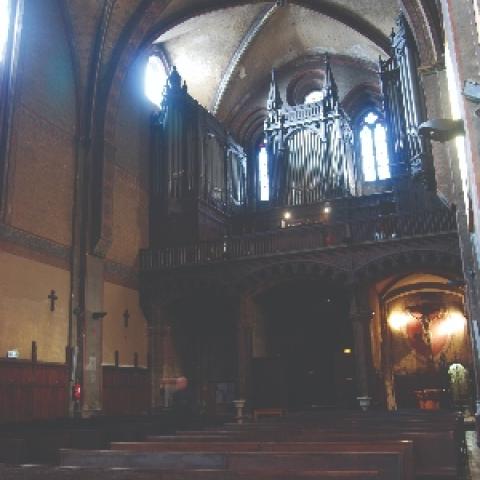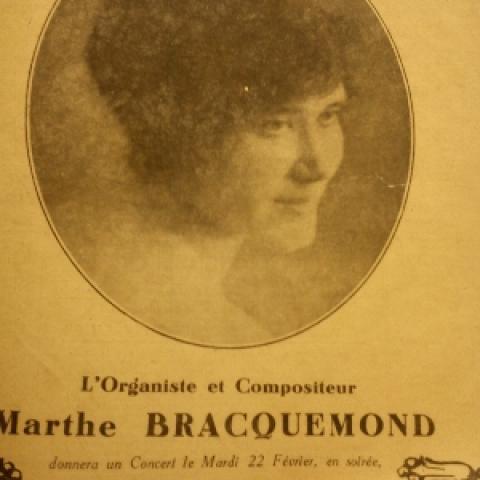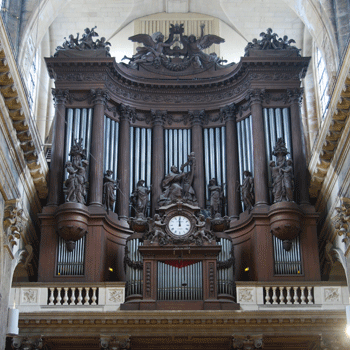
Association pour le rayonnement des orgues Aristide Cavaillé-Coll de l’église Saint Sulpice announces the works of four composers have advanced to the final round of its 30th anniversary composition contest, in the category of works for small organ and voices.
The composers are Pierre-Alain Braye-Weppe, Laurent Coulomb, Alessio Ferrante, and Dominik Puk. Thirty-nine candidates from fourteen nations submitted works for consideration.
The public final round will take place November 21 in Saint-Sulpice, Paris. For information, see the November 2020 issue, page 4, and aross.fr/en/composition-competition/.
Other competition news:

